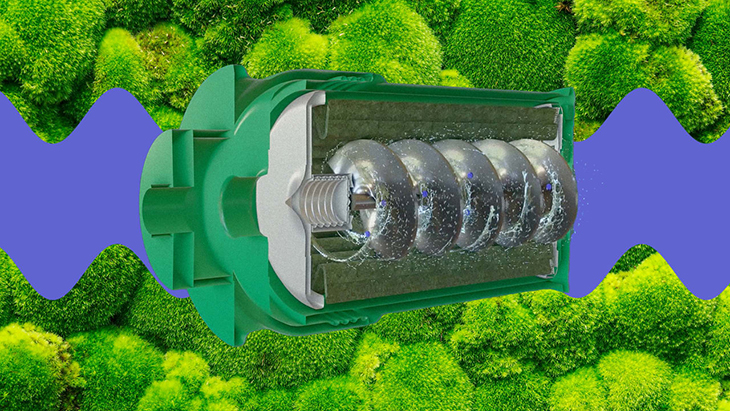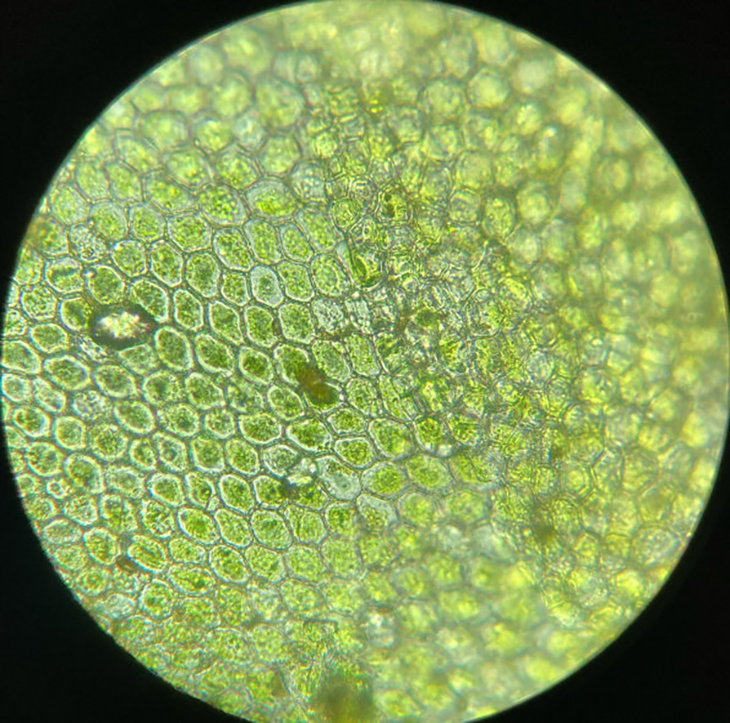
Many of us have access to drinking water. We don’t really give it much thought because we can easily get our hands on it. But for some, potable water is difficult to get. It’s something they have to work hard for before they can even drink the water that sustains their lives.
How can water be easily made accessible for the rest of the world? Researchers have been looking for ways to do so, and some may have found methods. However, here’s something that’s so revolutionary that this could actually do the job as well.
Design students in Colombia wanted to find ways to filter water. In their research, they found that they can utilize the porousness of moss and turn this into a water filter that has the ability to capture and trap microplastics.
The new filter has a two-month lifespan. During this time, the moss can trap up to 80 grams of microplastics. In terms of a rough estimate, the people will stop consuming to as many as 16 credit cards when it comes to drinking water.
The design was inspired by this amazing ecosystem found high up in the Andes Mountains. The place is called the Paramo. When you need to hike through this area, you can either climb on rocks or walk through land that’s soft to the feel. The biosphere here is covered in layers of moss species. The moss is able to absorb, filter, and send the water down mountain streams. People have looked into it and discovered that this is scientifically good for drinking. In fact, around 40 million people across the northern portion of South America have access to this.
The filter made is called MUS(T)GO. This was designed by the students at the University of the Andes. They showcased their work and won the annual Biodesign Challenge Summit (BCS).
“Seven years ago, I dreamed that by bringing students together with an interdisciplinary group of artists, designers, and biologists, we’d start meaningful conversations about the future of biotechnology. In my mind, the projects they’d produce would be largely theoretical—fodder for debate. They’d be thought experiments to help identify desirable and undesirable futures. My dream has had to evolve,” Daniel Grushkin said. He is the director and founder of BCS.
So far, microplastics haven’t been proven to harm humans when these are ingested. Still, scientists admittedly said that they need to look further into this. So far, they aren’t waiting for further studies to confirm what they hypothesize. Still, even without facts on microplastics, researchers from different countries are continuing to test new ways to recapture the small particles. In fact, scientists from Texas are using ocra. Then, there are those who have designed robots that can vacuum the microplastics from beaches.
As for MUS(T)GO, this device makes use of a steel spiral that’s shaped much like the Archimedes screw. Inside it is a variety of sphagnum moss grown in nurseries found right outside the internationally-protected Paramo zone.
The design team has yet to unveil the prototype. Still, the design they have in mind has a filter that is designed to be used by the more financially-challenged communities who can’t afford a decent and expensive filter. Or, it can also be used by gardeners who can simply fit the filter onto the end of a hose. Eventually, the moss will also be covered with the collected microplastics. So, the design team is looking into inventing a way to turn the discarded filters into bio-plastics.

“[Moss] is such a little organism, and it does so much for the entire ecosystem,” Maria Paula Osorio said. She isa student at the Bogota university who designed the product. She also spoke to told Fast Company. “We understood how amazing this natural creature is and wanted to do something that matters,” she added
Many of the innovative recycling methods for plastic are actually inspired from what nature has to offer. Right now, two bacterial enzymes have been discovered with the ability to dissolve the complex molecular bonds that link the monomers into PET plastics.
While nature can only do so much and has limitations when it comes to pollution, the fact that she has diversity and she has secret weapons, this means that we can assist Mother Nature to do her job better.
What are your thoughts? Please comment below and share this news!
True Activist / Report a typo


